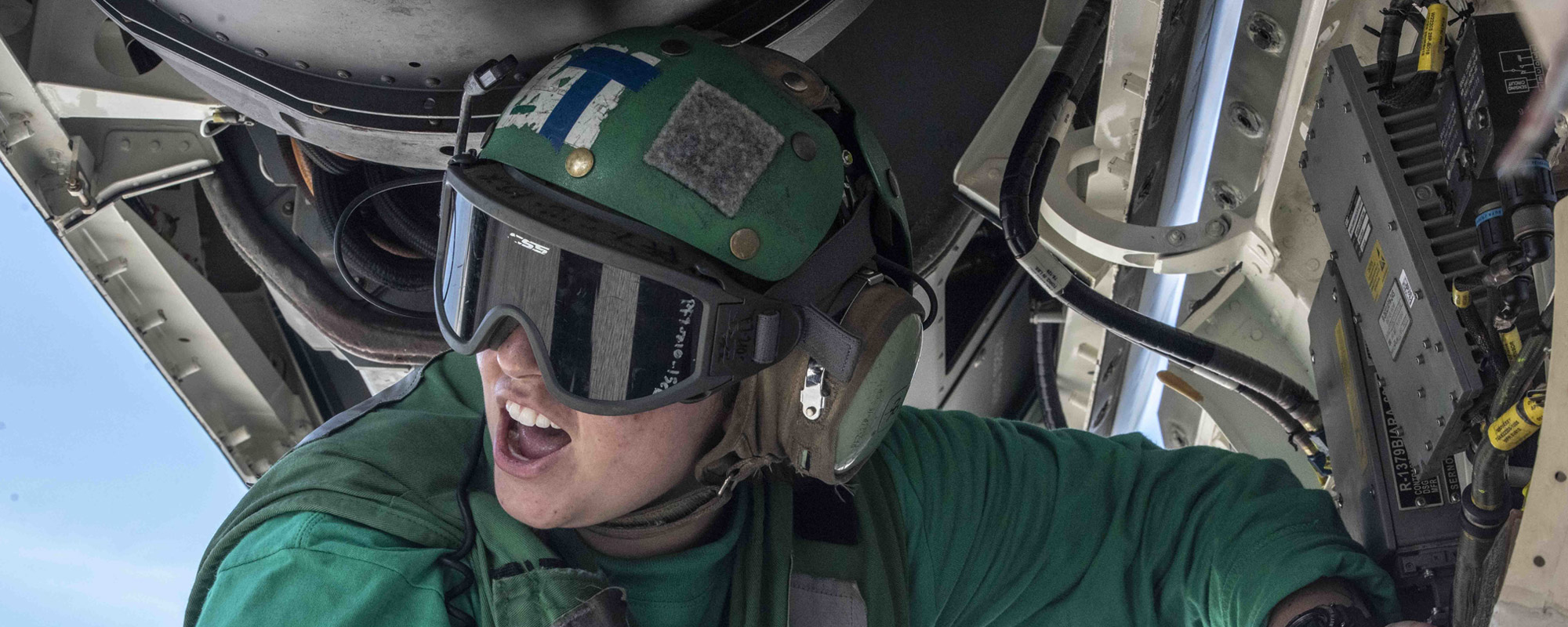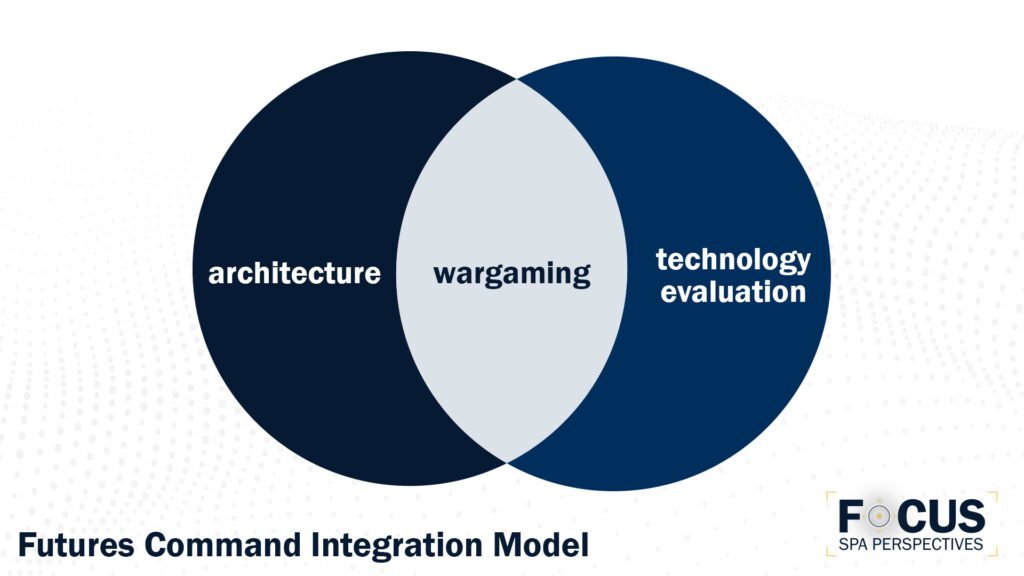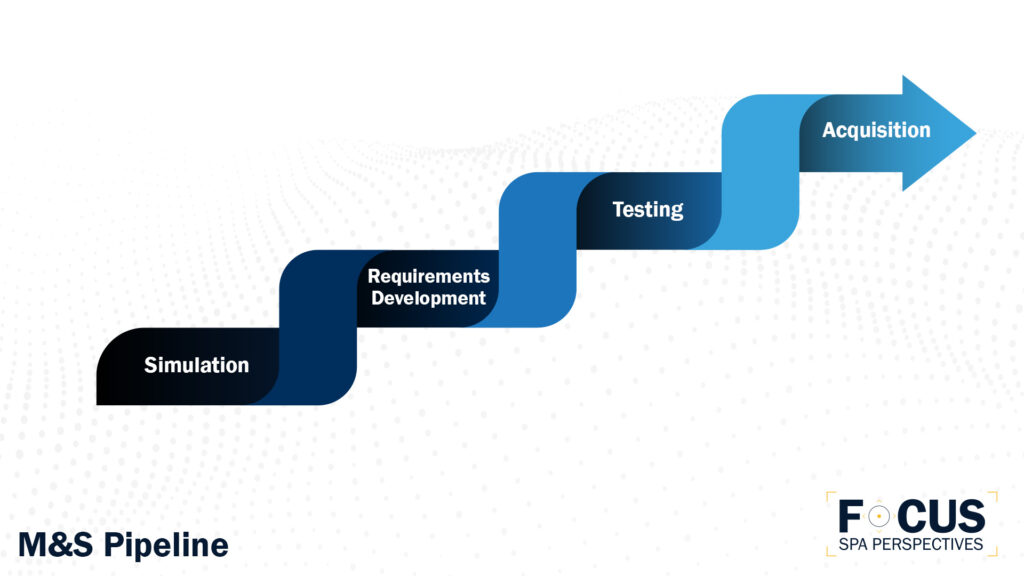
From the Ground Up: Ensuring Combat Readiness Through Space Modeling, Testing, and Futures Planning
Author: Dave Meteyer, Group Leader in the Space and Intelligence Division
- Alexandria, VA | September 10, 2025
This is part 3 of a 4-part series.
Read the previous posts here and subscribe to get the final post when it’s published.
Testing space systems on orbit is costly, constrained, and risky. Yet readiness in space cannot be theoretical. In a contested domain where launch cycles are long and failure is costly, the United States must validate its capabilities before they leave Earth.
That’s why the nation’s modeling and simulation (M&S) enterprise—developed by industry, national labs, and government organizations—has become, in the words of Dave Meteyer, Group Leader in the Space and Intelligence Division at Systems Planning & Analysis (SPA), an “exquisite” national capability built up “over many decades.”
That’s why the nation’s modeling and simulation (M&S) enterprise—developed by industry, national labs, and government organizations—has become, in the words of Dave Meteyer, Group Leader in the Space and Intelligence Division at Systems Planning & Analysis (SPA), an “exquisite” national capability built up “over many decades.”
These tools allow planners to accelerate timelines, identify vulnerabilities, and improve survivability—all before committing to the launchpad. They are no longer support activities; they are strategic infrastructure.
Meteyer describes this as a “tremendous enterprise across the nation,” emphasizing the role of high-fidelity modeling in reducing cost and risk. “We do as much testing as possible through modeling and simulation to minimize those situations where we actually have to go on orbit,” he explained. That shift isn’t just efficient—it’s decisive.



- Digital Twins that mirror system behavior in evolving threat environments
- Live-virtual-constructive (LVC) test environments that blend live operators, virtual systems, and simulated adversaries
- Mission-level simulations that incorporate red/blue interactions and degraded conditions
“

Operator insight from wargaming and TTP development

Threat-informed architectural analysis

Assessments of emerging technology readiness
- Operator insight from wargaming and TTP development
- Threat-informed architectural analysis
- Assessments of emerging technology readiness
What Policymakers Must Prioritize Now
#1
Fund Exquisite Modeling Infrastructure
- Sustain and expand LVC testbeds and digital twin capabilities
- Require M&S outputs in capability development documentation
- Integrate modeling into Milestone decisions and rapid prototyping
- Align threat simulation timelines with PPBE (Planning, Programming, Budgeting, and Execution) and FYDP (Future Years Defense Program) planning
- Use modeling to emulate PLA and Russian counterspace operations
- Build test campaigns that reflect adversary doctrine—not just technical specs
- Invest in rotational billets for analysts and operators
- Expand joint simulation centers focused on space, cyber, and spectrum convergence
Simulation as Strategic Advantage

Modeling, simulation, and analysis are how we move faster than the threat. They allow the U.S. to field validated capabilities, build resilient architectures, and iterate with speed and confidence.
In our next post, we examine how the Space Force ensures readiness before launch—through high-fidelity simulation, digital validation, and architectural foresight. Then we will conclude the series by looking at how the U.S. can operationalize the Space Force’s mission to act in, from, and to space.
Review previous posts in this series and subscribe today to be informed of the final post.
Related Posts
We invite you to subscribe and stay informed. Never miss an update as we continue providing the rigorous insights and expert analysis you rely upon to protect and advance our national security.





